Costa Toni
Born in Padua in 1935, Toni Costa is among the co-founders of the Group N of Padua in 1959, the nucleus of the programmed and kinetic art of Italy, including Edoardo Landi, Manfredo Massironi, Ennio Chiggio and Alberto Biasi. In a programmatic text that will be drawn up in 1961, these artists declare themselves as "experimental designers", free from artistic programs and tendencies and united in the search for a new definition of art that encompasses painting, sculpture, architecture and industrial products. The activities of the group and of the individual members are closely related: many are in fact works done collectively, in the rejection of individual personality. In 1960, Costa took part in the first exhibition of the Group N in Padua, entitled "No one is invited to intervene", provocatively inviting the audience not to intervene at the event. From the collaboration with the group are born cinematic-visual works, which are the result of collective experimentation, and a series of activities at the Enne Gallery in Padua, where in the same year the first artist's solo show is held.
In 1961 he participated in the exhibition "Art Abstrait Constructif International" at the Denise René Gallery in Paris and at the Zagreb Biennale. The following year his works are present in various exhibitions both in Italy and abroad, including "Programmed Art": an exhibition set up in Milan at the Olivetti exhibition halls. In 1963 he received the first prize at the Biennale di San Remo and the following year he was present at the Venice Biennale and at the "Nouvelle Tendances" exhibition in the Louvre Palace in Paris. In 1966 he participated in the exhibition "Aspects of Contemporary Italian Art" at the National Gallery of Modern Art in Rome. Later, in addition to being present in various collections, he holds some personalities: at the Waddel Gallery in New York and at the Barozzi Gallery in Venice in 1969, and at the Lorenzelli Gallery in Milan in 1973. His works have been exhibited in exhibitions dedicated to Programmed and kinetic art, at the Royal Palace in Milan in 1983, and at the Niccoli Art Gallery in Parma in 2001.
He died in Padua in 2013.
As for the list of individual and collective exhibitions up to 1976, reference can be made to what is present in the fundamental monograph of Italo Mussa, “Il Gruppo N. La situazione dei gruppi in Europa negli anni 60”, Bulzoni Editore, 1976.
After that date, the dates and references of all the events dedicated to the group apply with reference to the new important volume GRUPPO N, Silvana Editoriale, 2009.

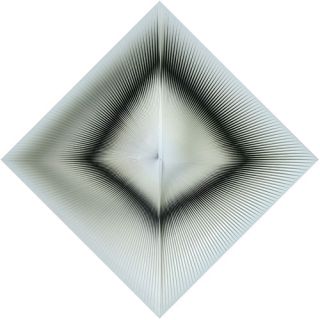
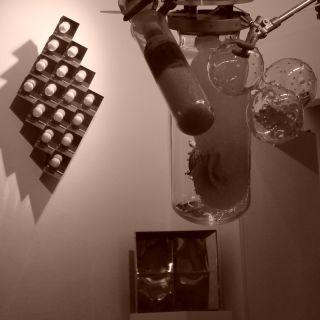 L'invadenza della tecnologia, l'impossibilità di evitarla - Getulio Alviani?, Joel Stein vs Enrico T. De Paris
L'invadenza della tecnologia, l'impossibilità di evitarla - Getulio Alviani?, Joel Stein vs Enrico T. De Paris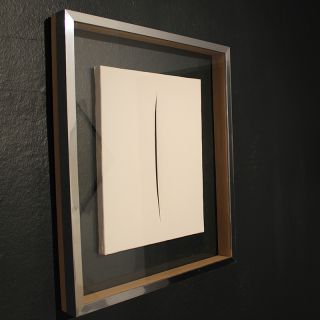 ITALIAN ZERO/CROSS REFERENCE
ITALIAN ZERO/CROSS REFERENCE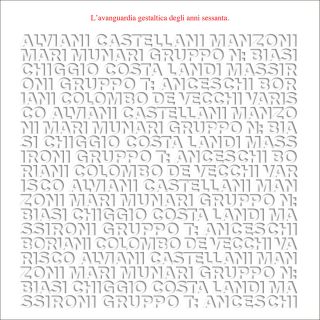 L'AVANGUARDIA GESTALTICA DEGLI ANNI SESSANTA _ CINQUANT’ANNI DOPO
L'AVANGUARDIA GESTALTICA DEGLI ANNI SESSANTA _ CINQUANT’ANNI DOPO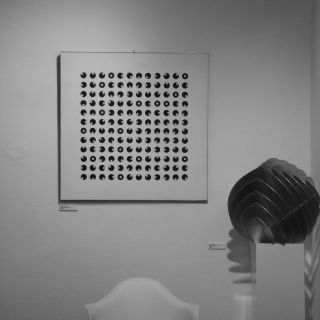 Leggere dagli anni sessanta: da Milano al gruppo N di Padova
Leggere dagli anni sessanta: da Milano al gruppo N di Padova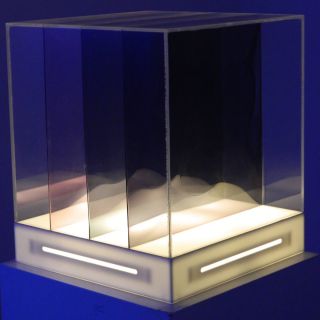 Licht und bewegung
Licht und bewegung